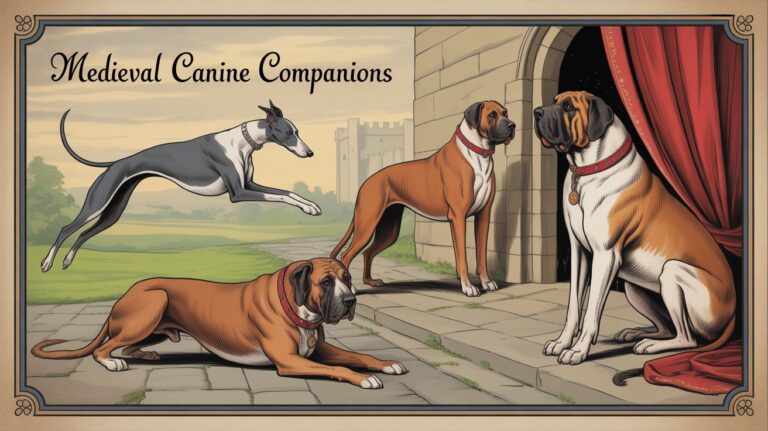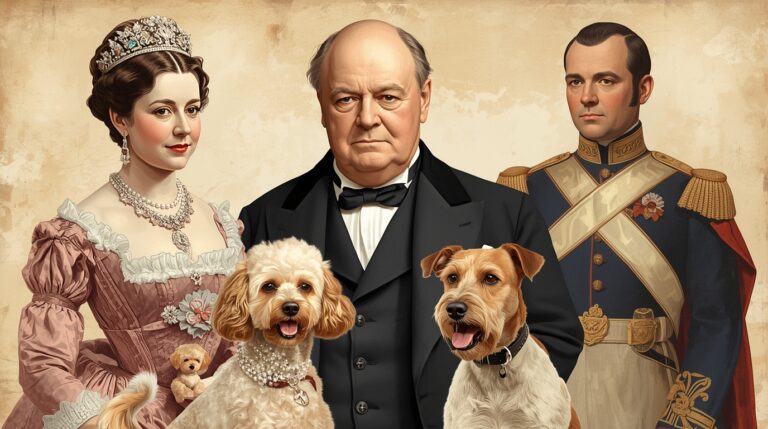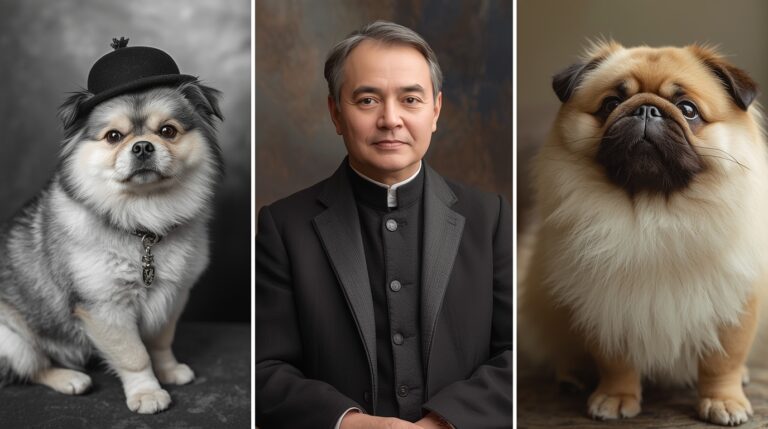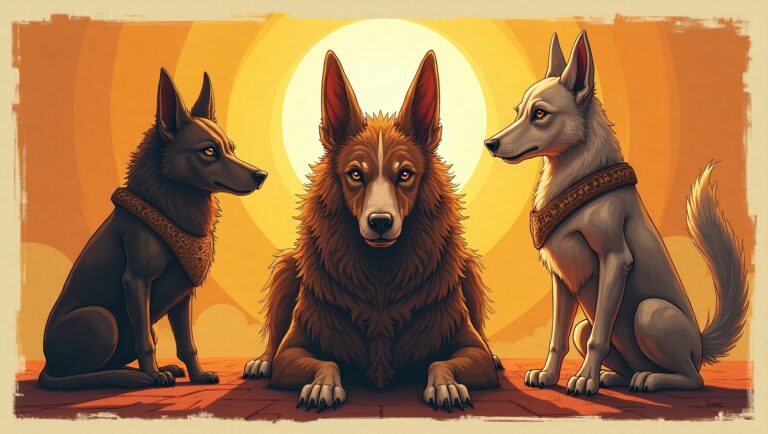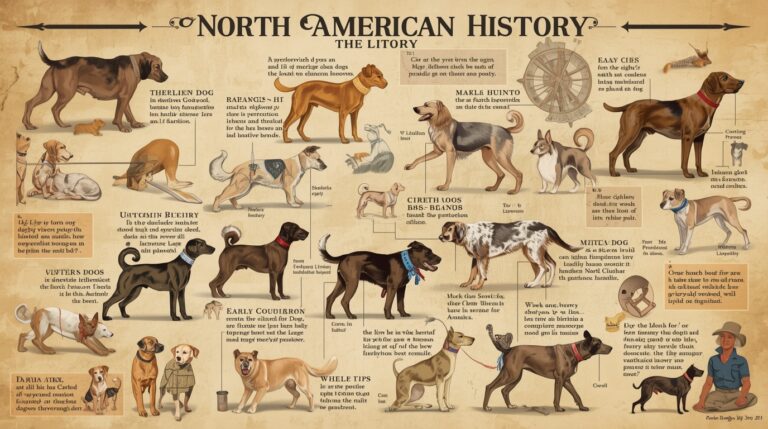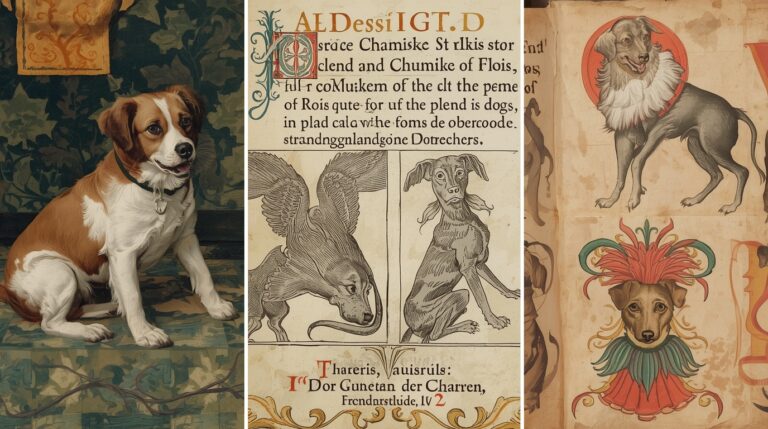Milestones in Veterinary History: The Evolution of Animal Medicine
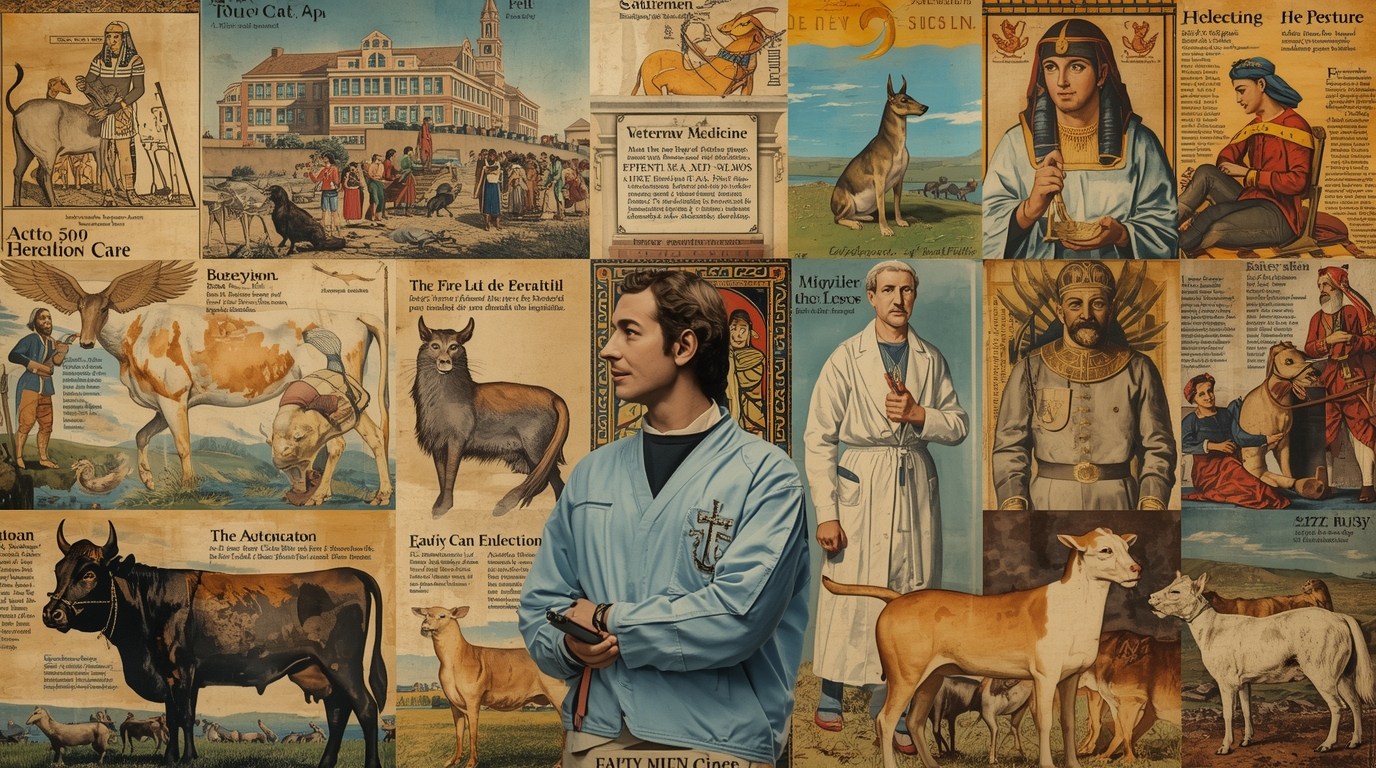
Introduction
Veterinary medicine is a scientific discipline devoted to the diagnosis, treatment, and prevention of diseases in animals. As a cornerstone of both animal welfare and public health, its historical development reflects humanity’s evolving relationship with animals. From the humble origins of treating livestock with herbs to cutting-edge genetic therapies for companion animals, veterinary history is rich with innovation, science, and societal change.
Origins of Veterinary Medicine in Ancient Civilizations
The earliest evidence of animal care dates back to Ancient Egypt, around 3000 BCE, where hieroglyphics depict the treatment of cattle and dogs. Veterinary references also appear in Mesopotamian tablets, Indian Vedas, and Ancient Chinese medical texts. These early practitioners, often priests or healers, understood that healthy animals were crucial for food, transport, and survival.
Veterinary Practices in Classical Antiquity
The Greeks and Romans brought structure to early animal healthcare. Hippocrates wrote about zoonoses and comparative anatomy, while Columella authored extensive agricultural texts describing animal diseases. Galen’s anatomical studies, though based on animals, laid the foundation for human and veterinary anatomy alike.
Medieval Veterinary Knowledge and the Role of Farriers
During the Middle Ages, farriers—specialists in hoof care—served as proto-veterinarians. In Islamic Spain and Persia, veterinary science advanced through scholars like Ibn al-Baytar, who compiled encyclopedias of medicinal herbs for animal use. However, much of medieval Europe relied on superstition and rudimentary methods.
Claude Bourgelat and the First Veterinary School (1761)
A pivotal moment in veterinary history came in 1761 when Claude Bourgelat founded the Lyon Veterinary School in France. Recognizing the economic damage caused by livestock plagues, Bourgelat proposed a scientific approach to animal medicine. His model integrated anatomy, pathology, and epidemiology, marking the dawn of modern veterinary science.
Spread of Veterinary Education Across Europe
Following Lyon’s success, institutions like the Royal Veterinary College in London (1791) were established to formalize veterinary training. By the early 1800s, veterinary schools had appeared in Vienna, Turin, and Copenhagen, standardizing curricula and clinical rotations, and elevating the veterinarian’s societal role.
Veterinary Medicine in the 19th Century
The 19th century witnessed the fusion of veterinary and scientific revolutions. The development of the germ theory of disease enabled Louis Pasteur to pioneer animal vaccines. Veterinarians adopted antiseptic surgical practices and began utilizing microscopy for pathogen detection, improving diagnostic precision.
Founding of the American Veterinary Medical Association (1863)
In 1863, the American Veterinary Medical Association (AVMA) was formed to standardize veterinary education in the U.S. The founding of veterinary colleges like Cornell (1868) and Iowa State University (1879) professionalized the field. The AVMA also advocated for animal health laws and practitioner licensing.
Veterinary Involvement in Major Wars
Veterinarians played critical roles during World War I and World War II, where millions of horses, dogs, and pigeons were employed. Veterinary officers established mobile field hospitals and conducted emergency surgeries, while also monitoring outbreaks like glanders and anthrax that threatened troops.
also read this Modern Canine History
The Role of the USDA and Public Health
In 1884, the U.S. Bureau of Animal Industry was created under the USDA to control zoonotic diseases such as brucellosis and bovine tuberculosis. Veterinarians conducted inspections in slaughterhouses and regulated livestock movement, linking animal medicine to public health protection.
Introduction of Veterinary Licensing and Regulation
The late 19th and early 20th centuries saw the rise of state veterinary boards and mandatory licensing examinations. This regulatory shift ensured that only trained professionals could practice, thereby improving treatment standards, reducing malpractice, and building public trust in the profession.
Veterinary Contributions to Vaccination History
Veterinary scientists contributed to the development of vaccines for rabies, foot-and-mouth disease, rinderpest, and canine distemper. Many animal vaccines preceded or inspired their human counterparts, demonstrating the interconnectedness of One Health principles.
Role of Veterinary Medicine in Eradicating Rinderpest
The eradication of rinderpest, a deadly cattle virus, in 2011 stands as one of veterinary medicine’s greatest triumphs. Coordinated by the World Organisation for Animal Health (WOAH), the global campaign combined surveillance, mass vaccination, and epidemiological modeling.
Advancements in Veterinary Surgery
Modern veterinary surgery has progressed from amputations and wound care to spinal surgeries, tumor removals, and organ transplants. Use of endoscopy, laparoscopy, and laser technologies has minimized invasiveness and accelerated animal recovery.
The Rise of Companion Animal Veterinary Practice
The 20th century saw exponential growth in pet ownership, particularly in urban settings. Clinics specialized in small animals like cats, dogs, and birds. Services expanded to include behavioral therapy, dental care, and nutrition counseling.
Influence of Technology in Veterinary Diagnostics
Modern veterinary diagnostics rely heavily on digital imaging (MRI, CT), AI-powered diagnostic tools, and telehealth platforms. These technologies have improved accuracy, expanded access in rural areas, and enabled remote triaging.
Global Veterinary Education Standards and Accreditation
Organizations like the World Veterinary Association (WVA) have pushed for global accreditation systems, allowing veterinarians to work internationally. Curricula now incorporate ethics, zoonoses, and biosecurity, reflecting global challenges.
Animal Welfare and Ethics in Veterinary Practice
Animal welfare has become central to veterinary ethics. Laws against animal cruelty, ethical protocols for euthanasia, and debates over cosmetic surgeries (like tail docking) are standard in veterinary training and regulation.
Veterinarians and Zoonotic Disease Control
The COVID-19 pandemic reinforced the veterinarian’s role in managing zoonotic outbreaks. Collaboration between veterinarians, physicians, and ecologists—known as One Health—is critical in controlling diseases like avian flu, swine fever, and Ebola.
The Future of Veterinary Medicine
The future lies in personalized veterinary medicine, gene therapy, and biotech-driven treatments. Tools like CRISPR, bioprinting of tissues, and wearable health monitors for animals are no longer speculative—they’re imminent.
Conclusion
Veterinary medicine has evolved from ancient rituals to scientifically validated, globally coordinated practices. Each milestone—from the Lyon Veterinary School to the eradication of rinderpest—reflects a step forward in how humanity cares for and values animals. As we face challenges like pandemics, climate change, and antibiotic resistance, veterinarians will remain pivotal not only in animal health, but in safeguarding global health ecosystems.
